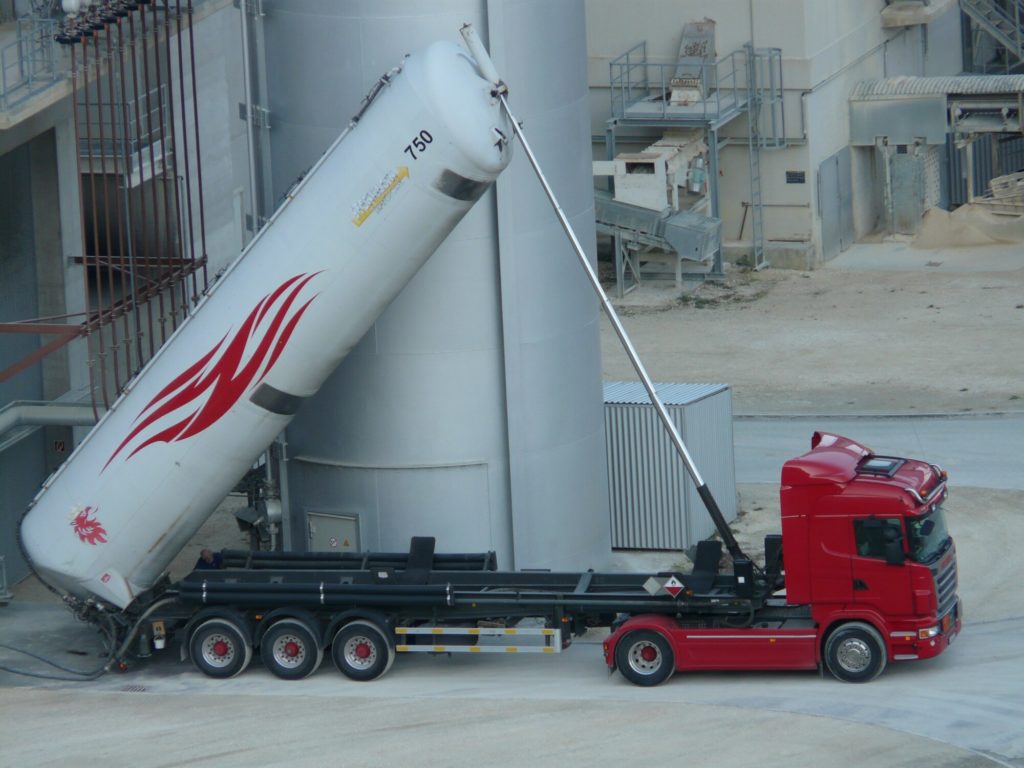
Did you know that the four fault scenarios of a hydraulic system are pump leakage, gas leakage, valve switching degradation, and aeration of oil?
To avoid these faults, it is important to understand how hydraulic systems work. There are five different systems you should know about. Read on to learn what a hydraulic system is and the common types.
What Is a Hydraulic System?
Hydraulic systems use fluids to move energy from a motor to an actuator. The fluid is basically incompressible so the fluid path is flexible. This is similar to the way an electric cable is flexible.
To help remove waste from a hydraulic system, consider skip hire. Knowing the most common systems can help you understand a hydraulic system diagram better.
The five most common hydraulic system examples are:
1. Hydraulic Pumps
Hydraulic system components are driven by a variety of power sources. This is especially true in a hydraulic pump system. The different types of pumps are gear pumps, fixed displacement piston pumps, and variable displacement piston pumps.
Gear pumps are considered a fixed displacement type because they more a certain amount of fluid per rotation. In contrast, a fixed displacement piston pump moves fluid with each stroke. On an aircraft, the most common type of hydraulic pump found is the variable displacement piston pump.
2. Hydraulic Motors and Cylinders
A basic hydraulic system has motors and cylinders that utilize pressurized fluid for mechanical work. Hydraulic motors convert pressure into torque and rotation or displacement. The various types of these motors include vane, radial piston, and gear.
A hydraulic cylinder is sometimes called a linear hydraulic motor or actuator. They are used to push a force in a single direction. This force can be reversible.
3. Aviation Hydraulic System
Another one of the hydraulic systems is the aviation system. These draw fluid from a reservoir and apply pressure to give to other components. It then returns the fluid to the reservoir.
4. Open Center Hydraulic System
In an open-center hydraulic system, there is no pressure, but the fluid is still there. This means the machine is idle. The fluid flows from the actuator to the reservoir allowing fresh fluid to get to the pump inlet.
These systems use a directional control valve providing them with less heat generation. Every open loop hydraulic circuit out there uses pressurized or sealed reservoirs. The conventional systems use large reservoirs so that air bubbles can escape from the fluid.
5. Closed-Loop Hydraulic system
In a closed-loop system, the pump operates allowing pressure for the fluids. The fluid flows in a continuous manner between the actuator and the pump. This means it does not enter the reservoir.
Instead of using a direction control valve, a closed-loop system uses an extra pump called the feed pump. Some people refer to this pump as a charge pump. A major advantage of this system is that it provides a precise response of actuation.
Hydraulic System Explained
Hydraulic systems are used mainly for complex and fast-moving machines. These systems make working with big machines safer. Before working with hydraulic systems, consider this guide to understand the different types.
Did you enjoy this article? Keep coming back for more articles on construction and industrial technology.





